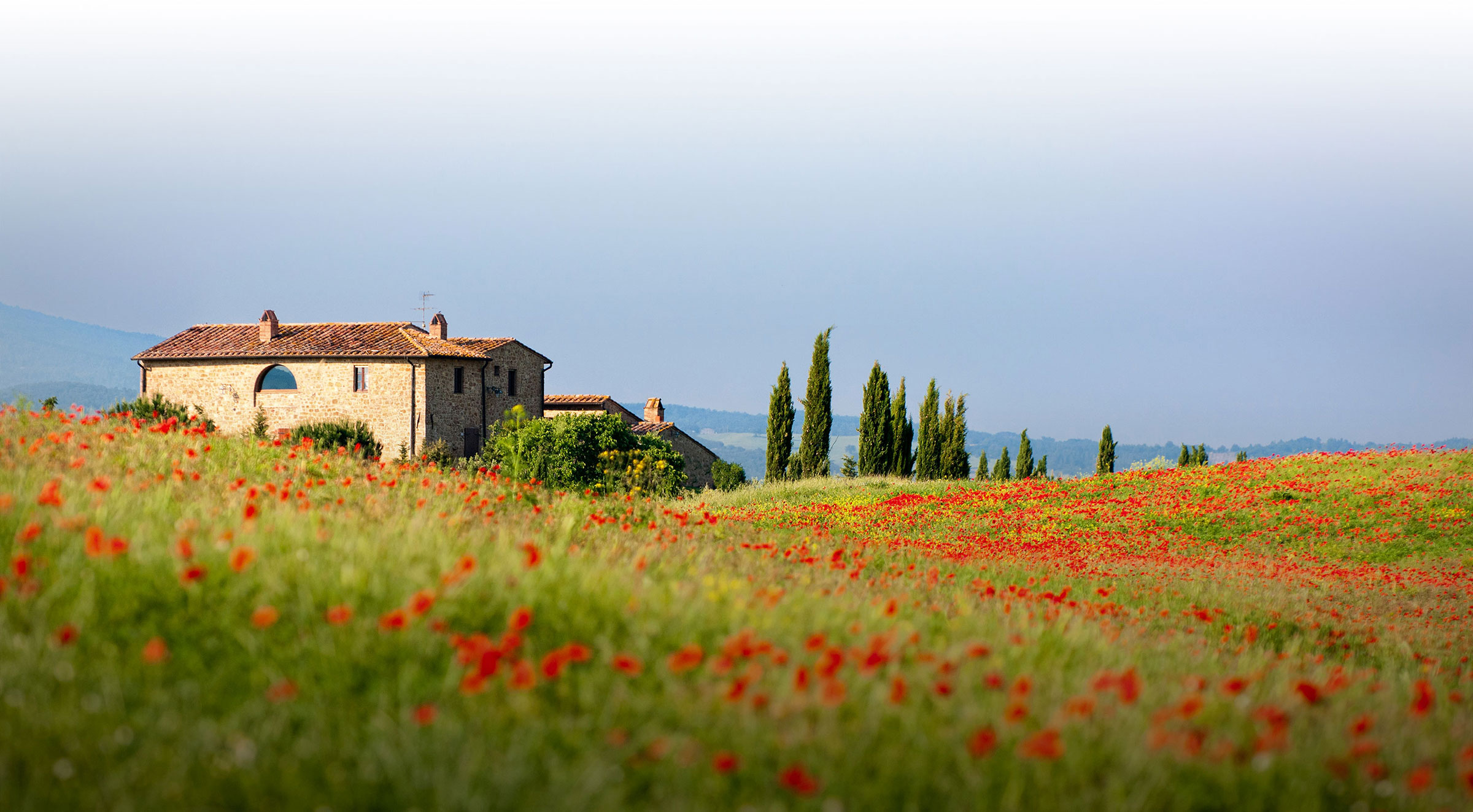Paris, France
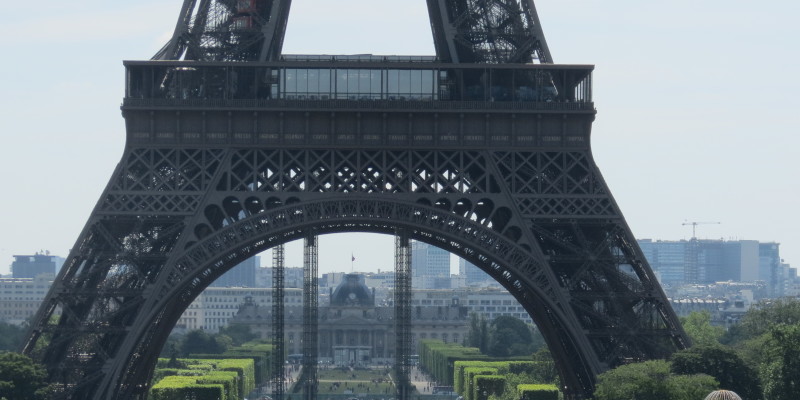
Paris’s remarkable architecture, wide boulevards, and the winding river Seine will all remind your family that you have travelled to a new and different place. For those who have visited Washington D.C., a sense of déjà vu may accompany their first views of the city. In fact, Paris does look like Washington D.C.—the Frenchman Pierre L’Enfant designed the layout, using Paris as his model. Paris offers many architectural masterpieces to take in and many new cultural experiences for your family. Your children can experience the cool, professional attitude of french waiters—distinct from the more casual American attitude. French waiters pride themselves on their knowledge and unobtrusive service, which some foreigners can at first find off-putting. This will provide a great opportunity for your children to understand different cultural norms and how to navigate them.
America and France have a long-standing relationship with one another. Your children will enjoy unraveling the complicated relationship America has developed with France. They might conclude that France is like that troublesome cousin—quite helpful and generous at times but who just cannot get along with the family. As colonists, Americans fought the French for control of Canada in the French and Indian War (1754-1763), yet 13 years later France partnered with the colonists in their fight for freedom from the British. The French provided the Revolutionary Army with uniforms, canons, muskets, 90 percent of the gun powder, and most importantly: men. 6,000 French soldiers fought on behalf of the Americans in addition to a French naval blockade at York Town, which was instrumental in the defeat of the English. The revolution they helped win in America would in turn help spark the French Revolution in 1789, which toppled King Louis XVI ending 1,384 years of monarchy. In 1886 the French also generously gave America the Statue of Liberty, which has become an iconic symbol for the United States. The United States has also come to France’s aid during both World Wars. These periods of mutual aid have not diminished either country’s capacity to disagree with the other, however, and the United States and France often find themselves at odds over many foreign policy issues.
A great way to begin exploring Paris is by taking a boat ride on the Seine. It is a wonderful opportunity to get your bearings and preview many of the sights you will want to visit including: Notre Dame Cathedral, the Eiffel Tower, Musée du Louvre, Musée d’Orsay, Assemblée Nationale, Pont Neuf, Pont Alexandre III, and the Grand Palais, which houses the National Galleries. As you take in the city remember the river was and still is a commercial waterway and that half the water used in Paris comes from the river, including the glass of water your waiter brings you!
Your children will have much to explore and learn in Paris as a result of its extensive and varied history. Paris has seen the influence of many different cultural groups over time. In 52 B.C. the Romans came and defeated the Gauls, influencing the evolution of the city over time. It was not until A.D. 508 that power would shift when the Franks (a Germanic speaking people) occupied Paris, making the city their capital. By the Middle Ages, Paris was the largest city in Europe, and at its center stood a fortress and royal residence – the Louvre.
For over 600 years the Louvre stood in Paris as a sign of wealth, power, and the decadence of the French monarchy, but in 1789 after the French revolution toppled the monarchy, the new National Assembly opened it to the public as the national museum. Today, 8.8 million visitors enjoy the Louvre annually, examining over 70,000 pieces of art including: da Vinci’s Mona Lisa (1503-1506), Winged Victory of Samothrace (190 B.C., Ancient Greece), Michelangelo’s Dying Slave (1513-1516), the Venus de Milo (100 B.C. Cyclades, Greece) and the painting that embodies France: Eugene Delacroix’s Liberty Leading the People (1830).
Paris is a wonderful place to explore with your children because the museums are extensive, beautiful, and inspiring. In addition to the Louvre, your family can visit the Musée d’Orsay (housing the largest collection of impressionist and post-impressionist art in the world), the Musée de l’Orangerie (housing impressionists including Monet, Cézanne, Picasso, and Soutine), and the Musée Rodin (housing Auguste Rodin’s entire collection). And when you are tired and want to liven up the conversation, your family can head to Centre Georges Pompidou which houses 65,000 pieces of modern art ranging from surrealist art to pop art in addition to 245 pieces by Matisse. The Centre Pompidou will stretch your children’s minds when it comes to understanding what art is and what art can be. Here is a vital opportunity to show your children that preconceived notions can be misleading, and the value of an open and flexible mind.
For those interested in viticulture and the art of distilling, France is home to many famous and exclusive brands of alcohol that are household names including: Cognac, Armagnac, and Champagne. Each these regional specialties takes its name from the location where it is produced. Tours of these vintners and distillers are insightful excursions for your entire family. Children can learn the care and food science that vintners must use as they painstakingly grow the grapes that will become iconic French wines. Here is a wonderful opportunity for children to see the application of scientific techniques to a centuries old tradition. Some research before you head off to Paris on the methods used to successfully grow grapes will enhance your family’s enjoyment and understanding.
A perfect educational project for your children before heading to Paris is to study Napoleon Bonaparte (1769-1821) and his impact on the region. Napoleon’s military accomplishments and failures often overwhelm the impact he had on the European legal and educational systems. Napoleon was responsible for the abolishment of feudalism and the introduction of a meritocracy. In addition, Napoleon also supported religious tolerance and the advancement of science. His Napoleonic code would impact the laws of most European countries, many to this day. The Code Napoléon reveals many progressive and also regressive measures, stating that:
- All people were declared equal before the law. There were no longer any special privileges for nobles, clergy, and the wealthy.
- Feudal rights were ended.
- Trial by jury was guaranteed.
- Religious freedom was guaranteed.
- Parents were given powers over their children.
- Wives were not allowed to sell or give away property.
- A wife could only own property with her husband’s consent in writing.
- Fathers were allowed to imprison their children for any time up to a month.
Here we see a prime example of the piecemeal manner in which social and legal progress often moves. Napoleon introduced progressive measures such as religious freedom, but also measures which limited the rights of women and children. A study of the Napoleonic Code will help your children understand an important touchstone on the development of our modern legal system.
Napoleon rebuilt Paris making it the beautiful city we enjoy today. He abolished slavery, gave basic rights to Jews, adopted the metric system, and changed traffic flows from the left side to the right side. He collected the Rosetta Stone from Egypt which allowed for the translation of thousands of years of Egyptian history. A thorough study into his life and influences will enrich your children’s understanding of the Paris of today and help them to see the cause and effect connections which shape our shared modern history. Paris offers a unique opportunity to see the consequences of historical action due to its age and extensive history—an opportunity that is difficult to come-by in our relatively young United States of America.
Paris is an excellent place to take any student. The opportunity to enrich your children’s education here is limitless. Contact a travel expert today and brainstorm the best trip for your child.
Learning Opportunities:
- Explore a nearly limitless range of museums and understand a large portion of art history.
- Understand the complex food-science techniques that support some of the most famous wines and spirits in the world.
- See the impact of centuries of history, culture, and varied ethnicities on the vibrant city of Paris and understand the effects individuals such as Napoleon had on the course of the history of Paris and the European continent.
- Experience first hand the French language, a source for many of the words we utilize in English today.
- Contextualize the relationship between America and France and understand the historical events that have led to our present day relations.
- Place France into a larger historical context for the European continent and understand the role it has played in many significant world events.
- Challenge your conceptions with extraordinary examples of modern art, and develop the ability to see beyond preconceived ideas.
Paris is an excellent place to take any student. The opportunity to enrich your children’s education here is limitless. Contact a travel expert today and brainstorm the best trip for your child.

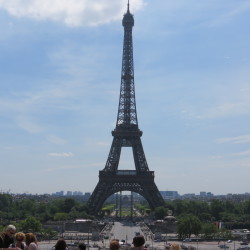
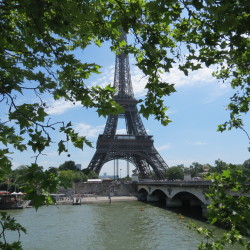
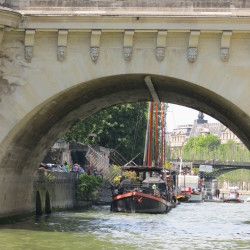
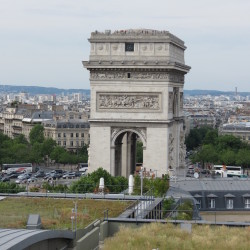
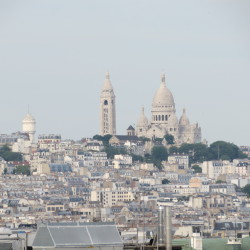
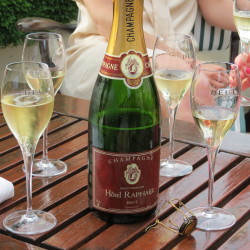
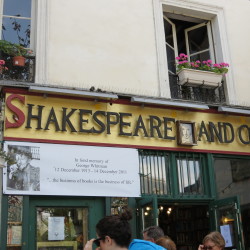
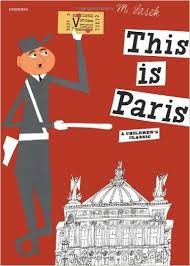 This is Paris
This is Paris
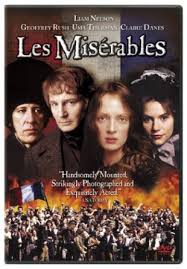 Les Miserables
Les Miserables
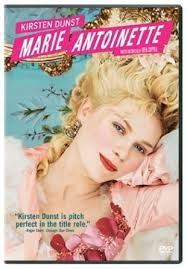 Marie Antoinette
Marie Antoinette
